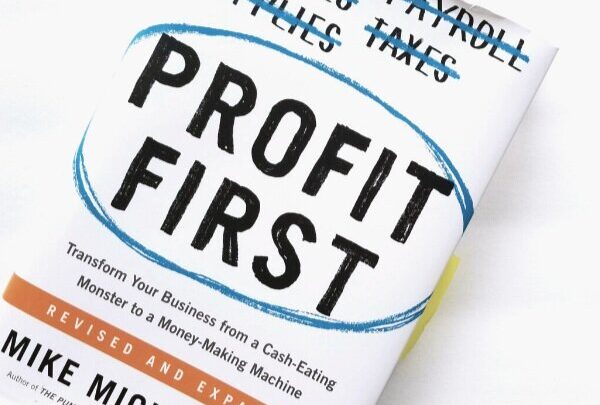
The finance industry has invented a new system that can revolutionize how companies run their business. Mike Michalowicz, a small business finance expert, founded a theory called Profit First, which aims to maximize your business earnings by changing a few things about your perspective. It’s shown enough success in the handful of businesses that tried it, leading to such a quick rise in popularity that they needed to hire a public relations firm to handle their PR and marketing efforts.
If you own or manage a business and you are having trouble increasing your profit, you might want to look into the Profit First mindset. Here are a few key points about the concept that can help you understand it better:
What Does Profit First Mean?
Anyone who attended enough accounting classes should know that the generally accepted principle is that total sales earning minus total business expenses yields the total profit. In other words, you make a profit only after subtracting the sum of the business’s expenses from its total income for the period (Income – Expenses = Profit). This equation, while mathematically sound, doesn’t always add up well for the company.
When a business only makes a small profit, there’s less money to use for improvements. The business owner also has limited options in expanding the business. If he (or she) took a loan to start the company, he (or she) might only end up getting enough to pay the loan back and not use the money for any personal purchases.
The Profit First mindset attempts to undo these situations by changing how a business views the original equation. Instead, business owners should work with the modified formula wherein Sales – Profit = Expenses. As seen in the equation, profit is immediately taken out of the income, and the remaining amount is then left to pay for expenses.
How Does the Profit First Concept Affect Businesses?
People, in general, like to make the most of what they have. If you give a child five dollars to use on an arcade machine, there likely won’t be any change left. The same goes for adults; when we shop for new clothes, we would rather spend the entire clothing allowance on as many shirts and blouses we can buy than settle for a few items of clothing.
Businesses work the same way. If, during budgeting, you allot $2000 to complete a particular project, then there’s a good chance you will make use of every cent of that amount. Even if you find a way to spend only $1500 on the project, you might justify using the extra $500 for other items simply because it was already allocated for use.
The Profit First mindset works the same way but in reverse. By taking the profit out immediately, the business is forced to find ways so that the remaining balance will be enough to pay off the expenses. The strategy significantly relies on the business owner being crafty enough to adjust and adapt to the situation so that he (or she) can use only what’s left with the business for paying expenses.
What Do I Need To Do To Apply Profit First To My Business?
Here’s how the Profit First concept works. You’ll need to open five separate bank accounts for your business. These bank accounts will be marked for your (1) income, (2) profit, (3) personal compensation, (4) taxes, and (5) expenses.
Twice a month, or every time your income arrives, you’ll need to transfer the funds from the income account to the other accounts in chronological order. So you transfer to the profit account first, then the personal compensation account, the taxes, and finally, the expenses.
The profit account is exactly what it’s labeled for; it’s a savings account for your business’s total earnings. Your personal compensation account receives your salary for running the business. You can spend this money on your personal wants, or you can use it to improve certain facets of your company. The tax account is an excellent way to make sure you don’t miss any government fees or taxes mandated to pay. The remaining money after all these are then sent to the expenses account to cover all business payables.
A Final Word About Profit First
Some people are scared about opening multiple accounts, claiming that it’s hard to maintain all these accounts simultaneously. Today’s technology actually allows you to access all your bank accounts (assuming they share the same bank) via an app on your smartphone. You can use the app to monitor all your transactions and make transfers if necessary.
If you want to succeed with this method, you need to commit the fund’s transfers. Make sure you don’t move the money into other accounts for other purposes aside from what was discussed earlier. As long as you show discipline to the system, you’ll find your profit slowly accumulating in just a short time.
www.delreport.com







